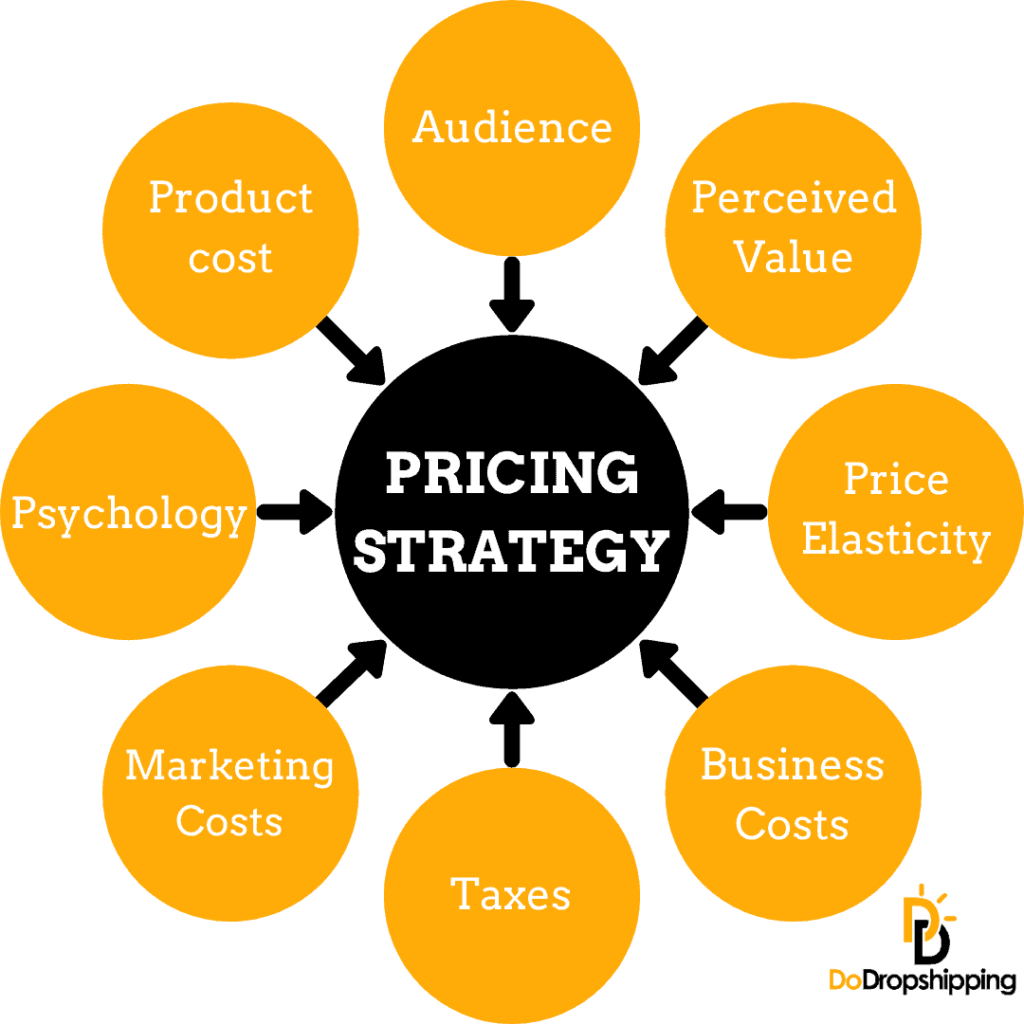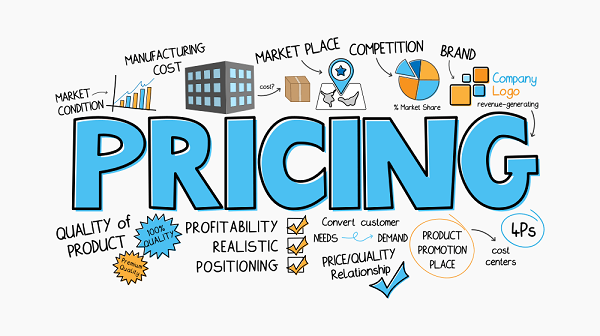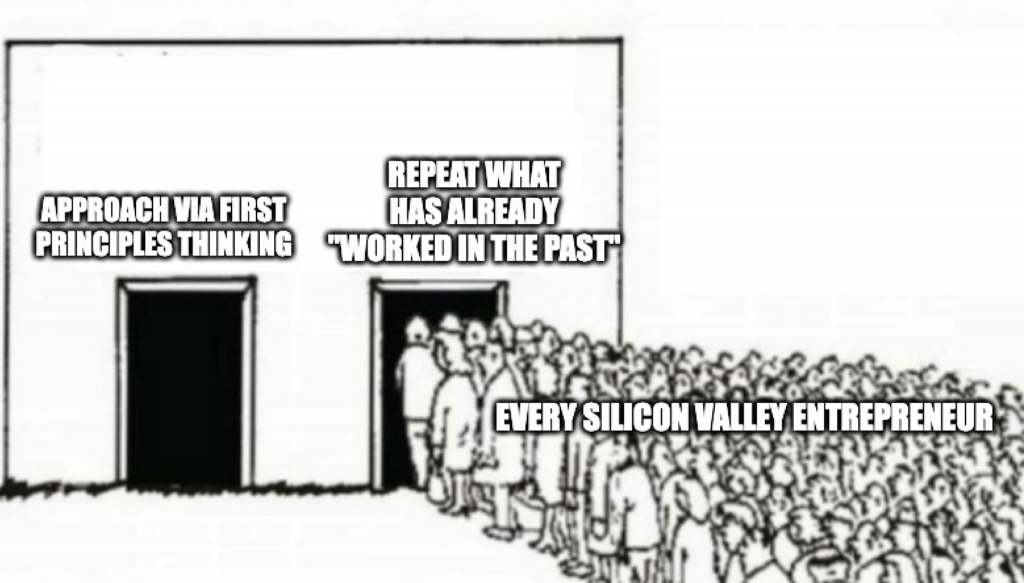Developing a product pricing strategy can be very overwhelming for most people, but it can really be broken down into 5 simple steps.
Step 1: Determine your Business Goals
The first step to building the right product pricing strategy is to figure out how your business can make a profit. Once you figure out how your business can make a profit, the next step is to figure out how to increase profitability, cash flow, revenue per customer, etc.
Step 2: Conduct a Thorough Market Pricing Analysis
The second step is to see which businesses are in the market that you plan on being in and how broad the actual market is. For example, a company like Costco offers many different products such as TVs, clothing items, medications, etc. which has a broad general audience. On the other hand, a company like Dell only sells laptops, desktops, keyboards, etc. which means that Dell has a more niche market. If the market that you plan to sell in has many more competitors and is a broader market, the prices will be a lot more competitive and will force you to keep the costs of operating the business down to maximize profits. On the contrary, if the market is a niche one, you can price your product a lot higher and don’t have to place as much emphasis on cutting down on operating costs, however, a higher price will likely require you to market your product well and justify the premium price.

Step 3: Analyze your Target Audience
The most important question you have to ask is, “How does my product help the customer?” This is important because your pricing model should align with the answer to this question. If you believe the product you have to offer is a one-of-a-kind product, you can justify placing a premium price on your product.
Step 4: Profile your Competitive Landscape
Identify, at the minimum, three direct competitors and study how they price their products. For example, you could see if they do massive or frequent discounts, if they offer payment plans, or if they allow the customer to bundle with their other products. You should also consider possible substitutes (if there are any) for your product and find out the prices of your indirect competitors.

Step 5: Create a Pricing Strategy and Execution Plan
There are ten types of pricing strategies:
- Penetration Pricing: This is when a company makes the price lower in order to enter a competitive market.
- Economy Pricing: This is when a company focuses on pricing so that there are low manufacturing/delivery costs.
- Premium Pricing: This is when companies a company charges a high price for a high-value product
- Price skimming: This is when a company goes into the market with a high price, which causes other companies to follow after, but then lower the cost of making the product, and they will have to implement other pricing strategies.
- Promotional pricing: This is when a company gives a discount over a period of time.
- Psychological pricing: When a company charges $.99 instead of $1.00
- Versioning: This is when a company offers different tiers for the services.
- Sandwich pricing: This is when a company offers a high, medium, and low price to drive customers to get the medium price.
- Competitive pricing: This is when the company sets the price equal to what your competitors are offering to win the market when it comes to service.
- Value Pricing: This is when a company understands the value of the customers and their willingness to pay for your product.
Sources:
https://dodropshipping.com/dropshipping-pricing-strategy/
https://www.inc.com/patricia-fletcher/5-easy-steps-to-create-the-right-pricing-strategy.html
eCommerce Pricing Strategies: The Ultimate List




